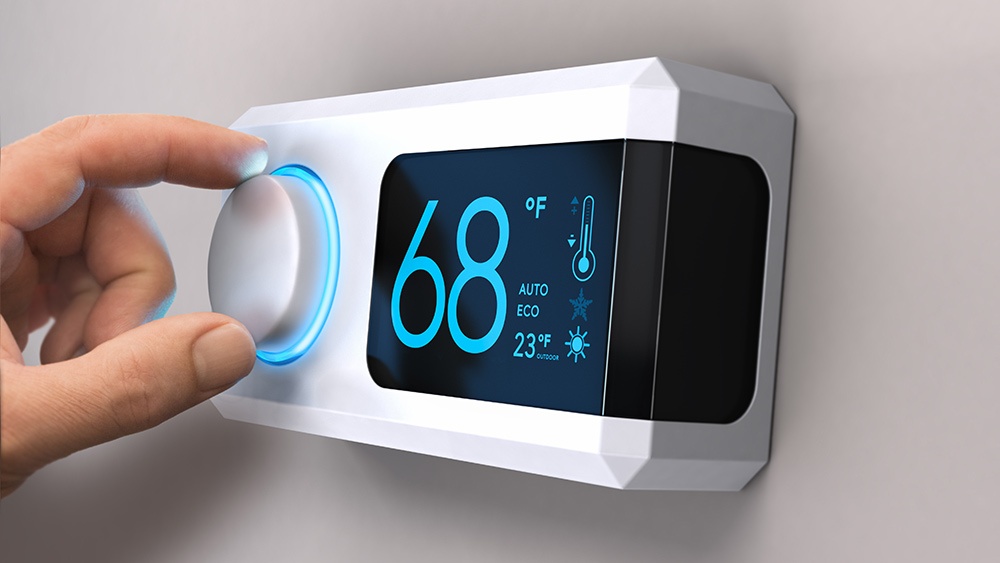
It’s important that architects incorporate commercial HVAC into their design plans as soon as possible out of necessity, design opportunity, and energy efficiency, but which components should they pay special attention to?
Warner Service suggests smart thermostats over traditional or programmable models. Here’s why:
Programmable thermostats aren’t the best option. These models are fair options for basic heating and cooling. However, they need to be adjusted manually at one of the following time variables, according to Lowes:
- 7 Day: These wireless thermostats, like the Honeywell 7-Day Programmable Thermostat, program a unique setting for each day. Set up to four periods per day, every day of the week.
- 5-1-1 Day: This model sets one program for the weekdays and separate programs for the weekend. It's programmed for up to four periods per programmable session.
- 5-2 Day: This option allows up to four programmable sessions with separate settings for the weekdays and weekends.
- 1 Week: This option allows you to set one program for the entire week with up to four sessions.
It’s true that you save money with automatic adjustments and reduce your carbon footprint due to the lack of mercury. However, smart thermostats do all that and more.
Smart thermostats are super smart. Smart models go into an inventive territory that surpasses the basic automatic heating and cooling capabilities of programmable thermostats. With a flair for innovation in design and technology, some architects incorporate that futuristic quality into a space by including a smart thermostat.
Check out what certain models of smart thermostats are able to do:
- A few select devices regulate humidity.
- Some models collect diagnostics on whole-building energy consumption, which means you see exactly where the monthly energy bill needs work.
- Some models optimize central air conditioning for the highest energy efficiency.
- Other devices, like the Honeywell Lyric™ T6 Pro Wi-Fi Thermostat or 3rd Gen Nest Learning Thermostat, offer self-learning capabilities that monitor and adjust comfort settings based on occupant preferences and tendencies.
- A few smart thermostats continuously monitor the local climate and adjust the temperature automatically.
- Business owners may set up regular HVAC maintenance alerts with smart thermostat technology.
- If you opt for extra sensors in the space, set up zoned heating and cooling and individual room-based temperature control with smart thermostats.
Smart thermostats are green. Going green is a big priority for business owners, because the eco-friendly initiative saves them money in the form of tax incentives, rebates, grants, and loans. A smart thermostat is a great way to begin that energy efficiency promise.
Because traditional and programmable models aren’t made to provide the highest efficiency, they act only as a control panel for the heating and air conditioning system.
However, smart thermostats offer the same control capabilities and are made specifically to prioritize energy efficiency. This saves commercial building owners up to 20 percent on cooling and heating costs when set up properly.
Most models are easy to use. Like we mentioned before, many architects prefer innovative technologies that make working in a commercial building as easy and as comfortable as possible.
Many smart thermostats offer a user-friendly interface and are easy to use. Check which brand is most compatible with the building’s energy source before you design it into the space. Some devices work with gas or electric and others can be used with any source.
While most smart thermostats work for spaces with central HVAC units, others are used to simply control window A/C units. Using Wi-Fi technology, it acts more like a timer or adapter than a full-service control unit.
The benefits of a programmable thermostat are great, but the advantages of a smart thermostat are unbeatable. For more information, check out Warner Service’s Architect’s Guide To Commercial HVAC:


